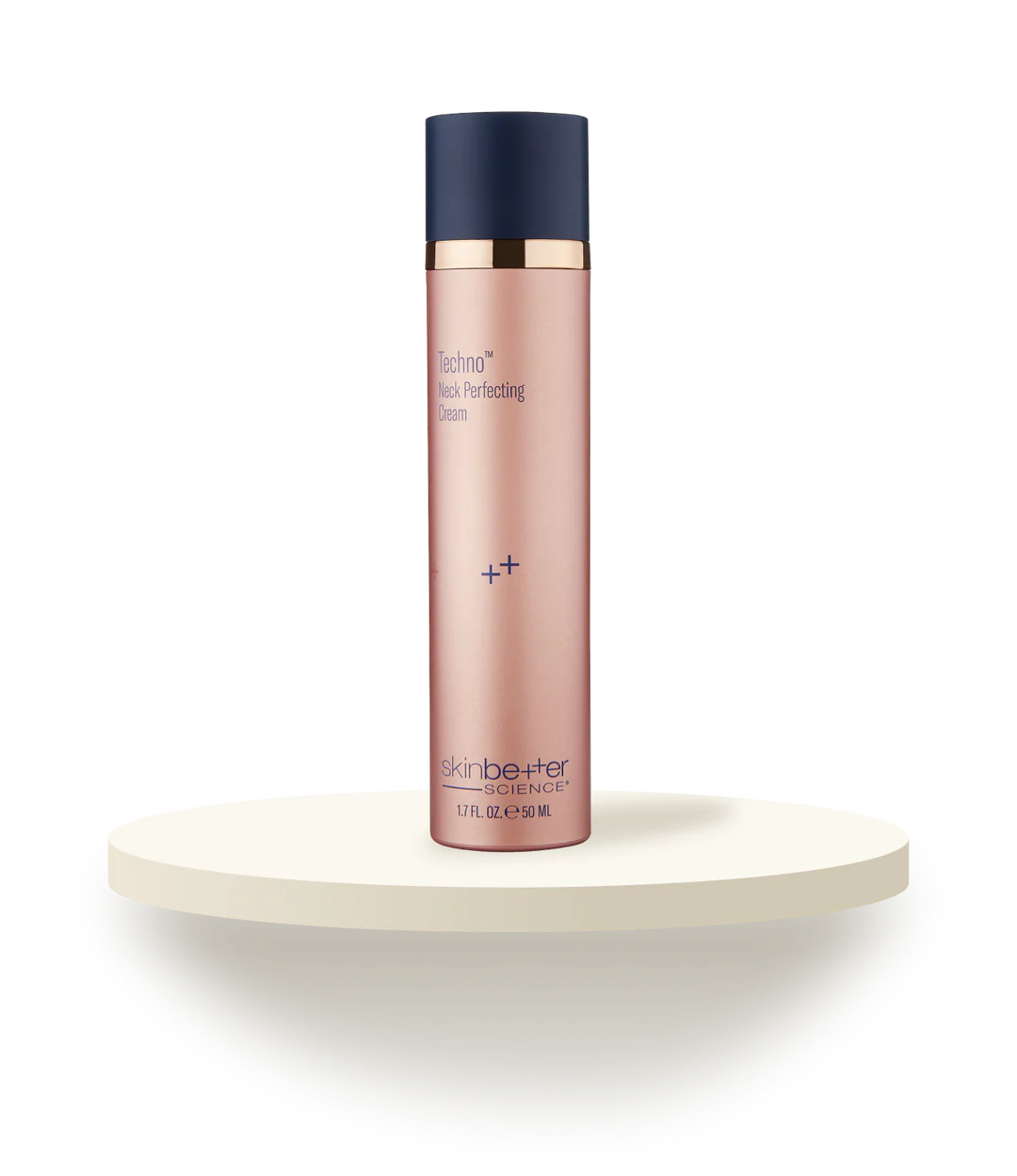Melasma
Melasma. We’ve all heard of it. It’s the dark patches on the skin and the mask of pregnancy in expecting mothers. What causes it and what can you do about it? Let’s find out below.
Skin problems are common. There exists a plethora of skin care options targeted to specific skin types. We are told to lather on the broad spectrum SPF 30, check for zinc oxide as an active ingredient, and make sure it says UVA/UVB protection on the bottle. While wearing a broad spectrum sunscreen and a wide brimmed hat can help to alleviate skin damage, certain skin disorders can be caused by numerous other factors. Melasma is a common skin condition that causes brown patches and can present anywhere on your body. It’s exact cause is unknown, but fortunately there are numerous treatments available for those who wish to pursue them.
We’ll start with a brief anatomy lesson. There are three main layers to the skin. Working our way up, we start at the deep hypodermis (connective tissue and fat tissue), the dermis (hair follicles, sweat glands, and more connective tissue), and then the epidermis (the waterproof top layer that contains melanocytes). Melanocytes are the pigment producing cells that give our skin its color.
Melasma is the appearance of brown or greyish patches on the skin. It is caused by the overproduction of melanin (skin pigment) by the melanocytes. Melasma usually occurs on the face, although it can happen anywhere. Melasma seen in pregnant women is referred to as the “mask of pregnancy”. According to the American Academy of Dermatology Association only 10 percent of all melasma cases occur in men. (1) Melasma also is significantly more prevalent in darker skin tones.
The exact cause of melasma is unclear. It is known that there is a correlation to melanin production, however, the underlying stimulating factor is not clear. It is believed that sun exposure, hormonal changes, the use of oral contraceptives (a.k.a. birth control), skin irritants, and genetics can be predispositions or triggering factors. There is also some evidence to support a connection to certain thyroid disease. Melasma very commonly occurs in pregnancy due to the extensive hormonal changes.
To diagnose melasma, a dermatologist will use a special light called a Wood’s lamp to determine the depth of the condition. Melasma can easily be misdiagnosed as post-inflammatory hyperpigmentation (PIH). Treatment for melasma is a highly personal decision. Some individuals are not concerned with the appearance of melasma, while others may prefer a more uniform complexion. In many cases, if the trigger is removed (birth control, pregnancy, an irritating skin product) melasma will naturally fade.
For those with persistent melasma who wish to seek treatment, it is important to keep in mind melasma is challenging to treat. The American Academy of Dermatology Association notes melasma can be stubborn and require multiple treatments over the course of months before improvements are seen (1).
For those who choose to pursue treatment of persistent melasma there are a variety of options available. Melasma can penetrate to different skin depths, and the severity of melasma, along with other factors, will determine which treatment is most appropriate.
Learn more about the treatment options outlined above in our complete guide to Melasma Solutions.
